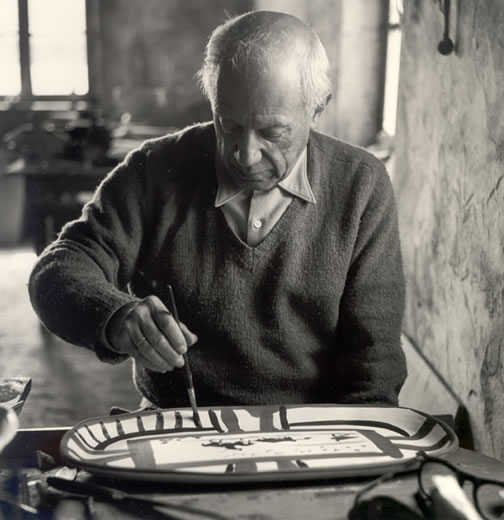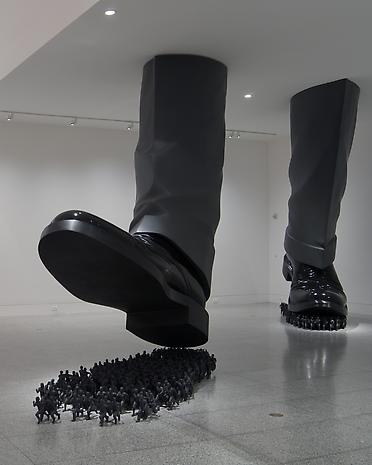Art Critic Response

One of the standards: Envision and Critique to Reflect, allows students to create and use a visual vocabulary. The Art Critic element of the Pottery classes is designed to encourage a class-wide discussion regarding the elements and principles of design, techniques, skills and ways in which artists utilize these to facilitate their visual communication .
Students will be presented with a new artwork approximately every other week and will be expected to write a full paragraph response to the weekly prompt. Discussion and reactions to classmate posts are encouraged/expected. The purpose of this blog is to encourage open dialogue and will be a factor in grading. Please keep all comments positive and courteous. Please use complete sentences and proper grammar. It is suggested that you first type your response in Microsoft Word, perform a spell-check, and then paste your response.
- Go to this website: http://www.jtceramics.com/ artist Judy Tavill
- Click on 2011-present, Pick one of her pieces.
- Respond to the post below
Please
post a full paragraph discussing the piece you choose following these guidelines:
- Use the art elements and principles below to describe the piece. Be specific, develop your answers and feel free to respond to your classmates’ posts.
- What is your opinion of this piece (Please do not use simple answers like, "It sucks, or, "I like it".)
TO RESPOND TO POST:
1) Read the information about the artist/look at the pictures.
2) Type your responses in a Word document - spell check and save!!!!!
3) Scroll down and click on “Comments” button – this will take you to the “Comments” screen
4) Paste your responses in the box on the right - each response must be at least 5 sentences long for full credit!
5) Make sure you write your name in the response box – or you won’t receive credit!!!! -
6) Scroll down and click on “Anonymous”
7) Click “Publish your comment”
8) YOU MUST SEE THE YELLOW BAR AT THE TOP OF THE PAGE THAT SAYS: "Your comment has been saved and will be submitted for blog owner approval." - IF YOU DON'T SEE THIS YELLOW BAR, RESUBMIT YOUR RESPONSE!!!
Use the Elements of Art and Principles of Design to help you:
See this website or see below.
http://flyeschool.com/content/elements-artdesign-and-principles-designorganization
Elements of Art
· Color: primary, secondary, tertiary, intermediate, analogous and monochromatic, intensity tones, warm and cool
· Form: geometric, e.g. rectangular prisms, pyramids, triangular prisms, cubes, cones, spheres, and cylinder organic forms: no angles
· Line: continuous, vertical, horizontal, diagonal, curved, broken, implied, horizon line, parallel, perpendicular,intersecting, contour
· Shape: geometric and organic, positive and negative, relational, opened and closed
· Space: foreground, background, middle, overlapping, proportion, positive and negative, high/low placement
· Texture:implied and actual
· Value:lightness and darkness
Principles of Design
· Balance (symmetrical, radial, asymmetrical)
· Contrast (big/small, light/dark)
· Emphasis/focal point
· Movement (sequential, optical, actual, and implied)
· Pattern/repetition (geometric, organic, ordered, symmetrical, asymmetrical, etc.)
· Rhythm (repetition, alternation or progression)·
Unity (cohesiveness or oneness, harmony).
Evaluation of the post is based on the
following parts of Art Criticism: Understands and applies
the art criticism process to their work and the works of others
Describing
using the elements- line, shape, space, color,
form, value, and texture
Analyzing
principles-pattern, contrast, balance, rhythm,
movement, unity how are the elements used through the
principles
Interpreting-
hypothesizing about what the artist is trying to
say, what is the mood, theme?
Judging-
evaluating- was the artist successful in creating
a mood or theme, why or why not?





















 Brad Bachmeier
Brad Bachmeier 



